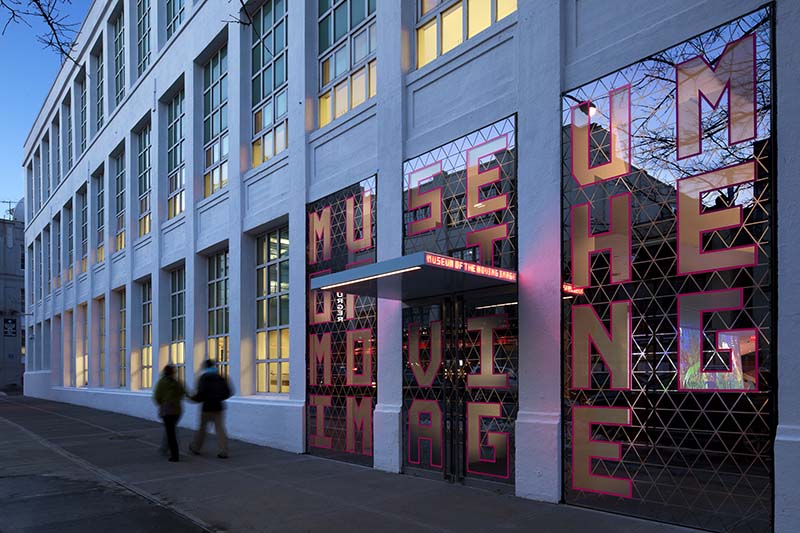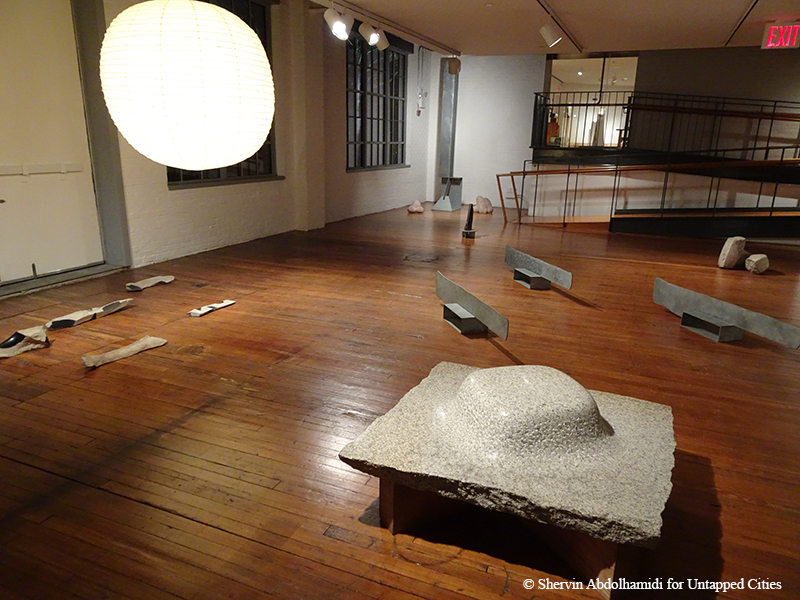Museum: Museum of the Moving Image
 Photo by Peter Aaron/Esto. Courtesy of the Museum of Moving Image
Photo by Peter Aaron/Esto. Courtesy of the Museum of Moving Image
While countless movie scenes have been filmed in New York City, when you think of movie studios in New York City, and Astoria may not be first on you mind. And yet, Kaufman Astoria Studios has been the site of many features and short movies since the 1920s.
Next to Kaufman Astoria Studios–quite fittingly–is the Museum of Moving Image. Reopened in 2011 after a $67 million expansion, the museum hosts exhibits covering the advancement of film, television, and digital media technology throughout the years. The exhibits are mostly set in chronological order, allowing visitors to walk through time and witness the marvels of cinema and the innovative techniques and technologies as they view the museum’s extensive collection. Memorable exhibits have allowed visitors to step onto the set of Mad Men, revel in”How Cats Took Over the Internet,” play indie video games, and currently on display is an exhibit on Martin Scorsese’s work.
In addition to cameras and sound recording devices, the museum also contains some technological memorabilia from notable movies, such as the doll used in the The Exorcist scene where Regan rotates her head.
The museum is located at 36-01 35th Ave, Astoria.
While the museum is typically $15 for adults, admission is free on Fridays. Museum hours are available on the website.
Noguchi Museum:

The Noguchi Museum preserves the works and artistic visions of the American-Japanese sculptor Isamu Noguchi in his former studio. Located a block from the Socrates Sculpture Park, the Noguchi Museum holds the world’s largest and most comprehensive collection of Noguchi’s sculptures, drawings, models, and designs. Currently on display is the exhibit “Self-Interned, 1942: Noguchi in Poston War Relocation Center,” covering the period when Noguchi voluntarily interned himself during World War II hoping to teach craftsmanship, art and improve life there.





